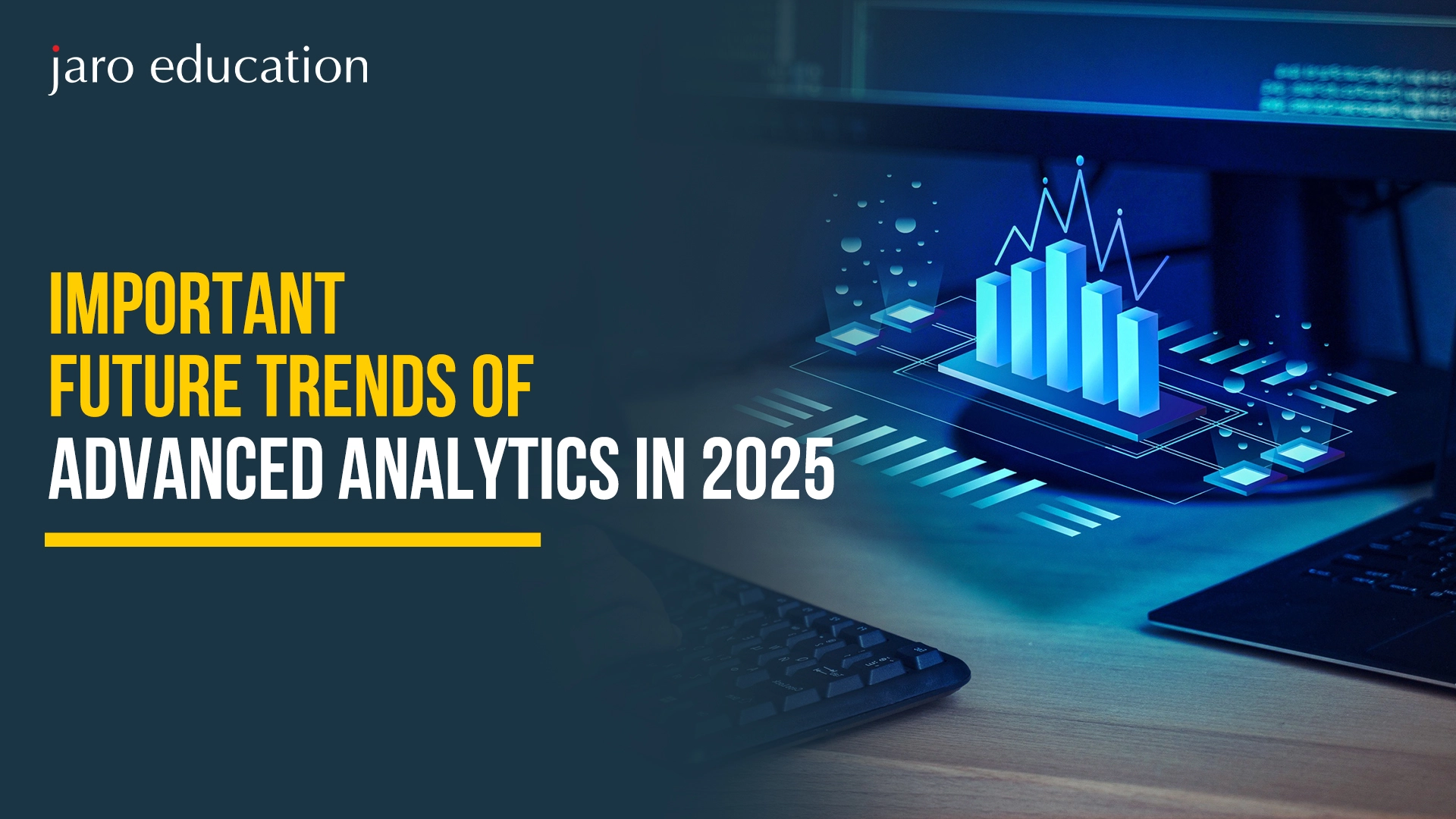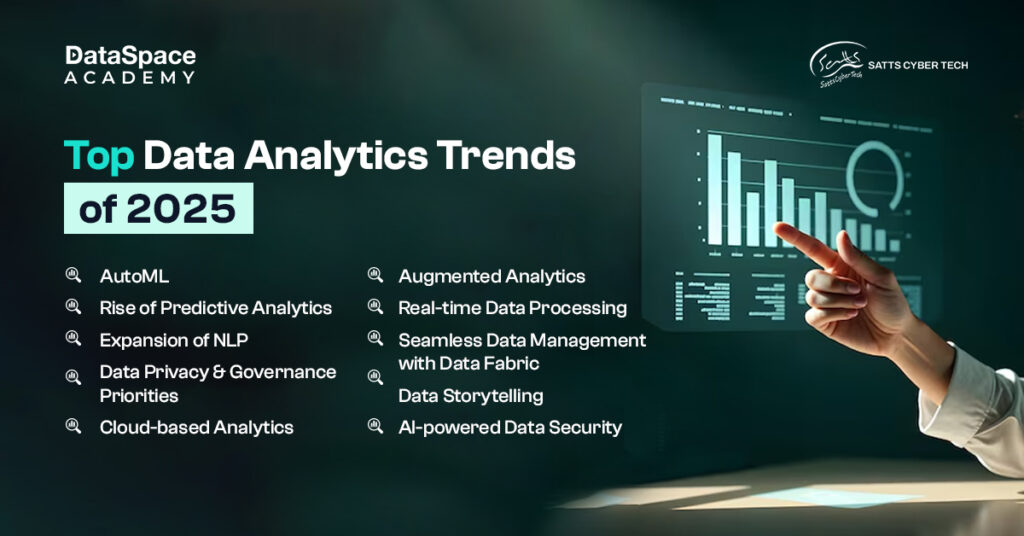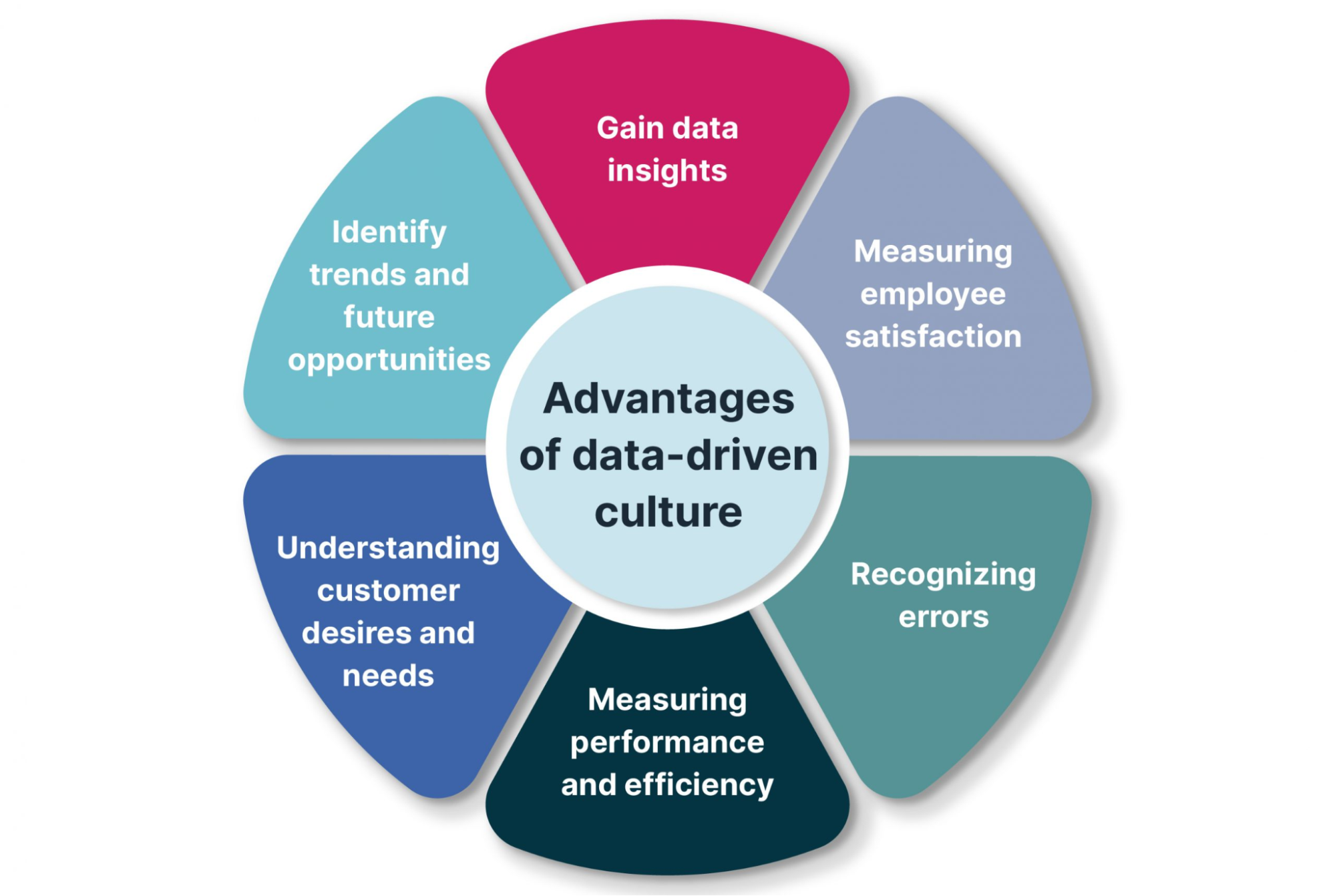
Important Future Trends Of Advanced Analytics In 2025
Long gone are the days when data meant nothing more than numbers and figures; now, it has evolved into a significant resource that enables decision-making and catalyzes creativity. Imagine an era where AI systems no longer only work under human guidance but can perform independently, allowing them to collaborate seamlessly to enhance processes and improve productivity.
Picture organizations that truly are data-driven, in which every decision is supported by the insights derived from unstructured data. So, if you’re a business owner, let’s explore the trending advanced analytics in 2025 and how they are all going to reshape industries, change leadership, and transform the way data management is done.
Table Of Content
Data Analytics Trends for 2025 and Beyond
Conclusion
Frequently Asked Questions
Data Analytics Trends for 2025 and Beyond
Conclusion
We are already in 2025, and advanced analytics looks to be an exciting field. These proposals, which we previously discussed, include agentic AI, the measurement of generative AI’s impact, the development of a data-driven culture, the significant benefits of unstructured data, and the redefining of roles for data leadership.
Companies adhering to these trends can expect operational excellence and, at the same time, pursue new frontiers in innovation and creativity. This data age presents a vast array of opportunities for those who are willing to excel and innovate. Therefore, let us remain curious, carry on conversations about this topic, and be open to deploying data in ways pricier than what we currently envision. Those who are brave enough to plunge into the depths of analytics and AI, causing the data to truly drive progress, have a bright future ahead.

Frequently Asked Questions



